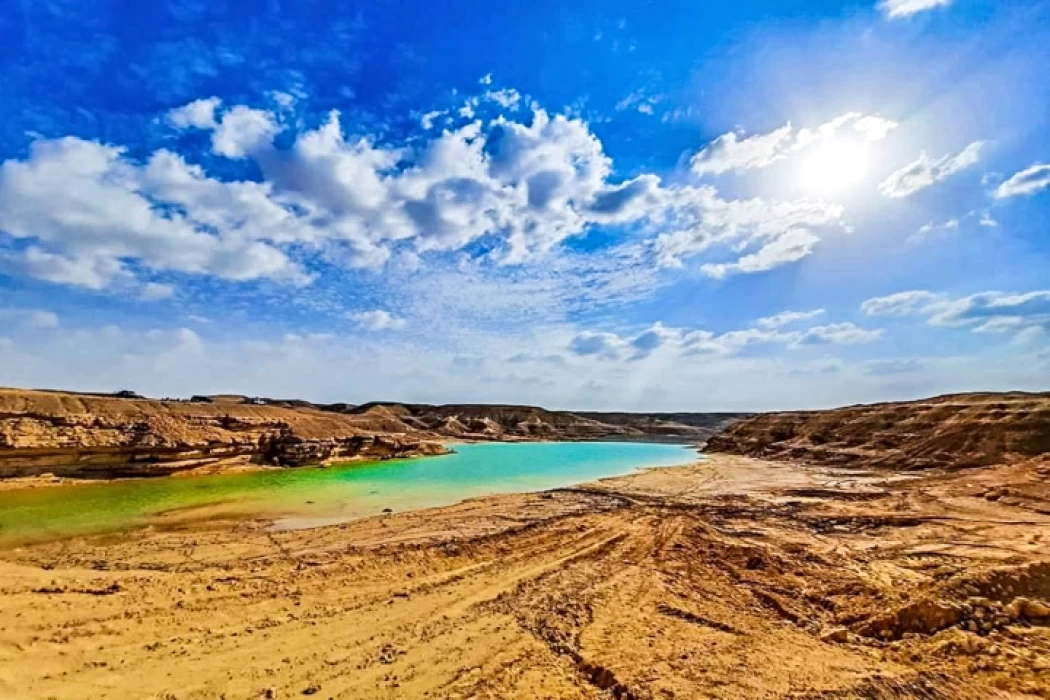
History of Wadi Degla Protectorate
History
The Tigris valley is part of the northern plateau of limestone rocks of the Eocene Epoch, which was identified by Al-Qassasi in 1993 as a distinctive geographical environment in Egypt. This type of environment is not represented in the nature reserve unit except for the Petrified Forest Reserve.
Location
The Tigris valley is located between latitudes and longitudes 56.29 North and 24.31 East and reaches a length of about 30 km and stretches from East to West. The Tigris valley begins as small tributaries that pour rainwater onto the surrounding hills. Wadi Degla Natural is located in Cairo.
Its importance.
The valley is surrounded by a limestone formation of the Eocene epoch, rich in fossils, whose height on both sides of the valley is approximately 50 meters.
The area
The Reserve has an area of about 60 km2.
Natural resources of the Valley:
The most outstanding resource of the Tigris valley is the general view of the Valley, rich in plant and animal life. The valley is covered with a protective cover of annuals and perennials, and about 64 species of plants have been recorded. Recently, traces of fossil deer have been recorded in the area, which gives evidence of the existence of the Nubian Titl, and about twenty species of reptiles have been recorded, including the endangered Egyptian turtles. He recorded 12 species of birds of the eastern desert, as well as migratory, visiting in winter, and resident, and visiting in summer. The entrance fee is 3 EGP for an Egyptian and 5 EGP for a foreigner. Note of interest to you: camping is possible in this valley.














